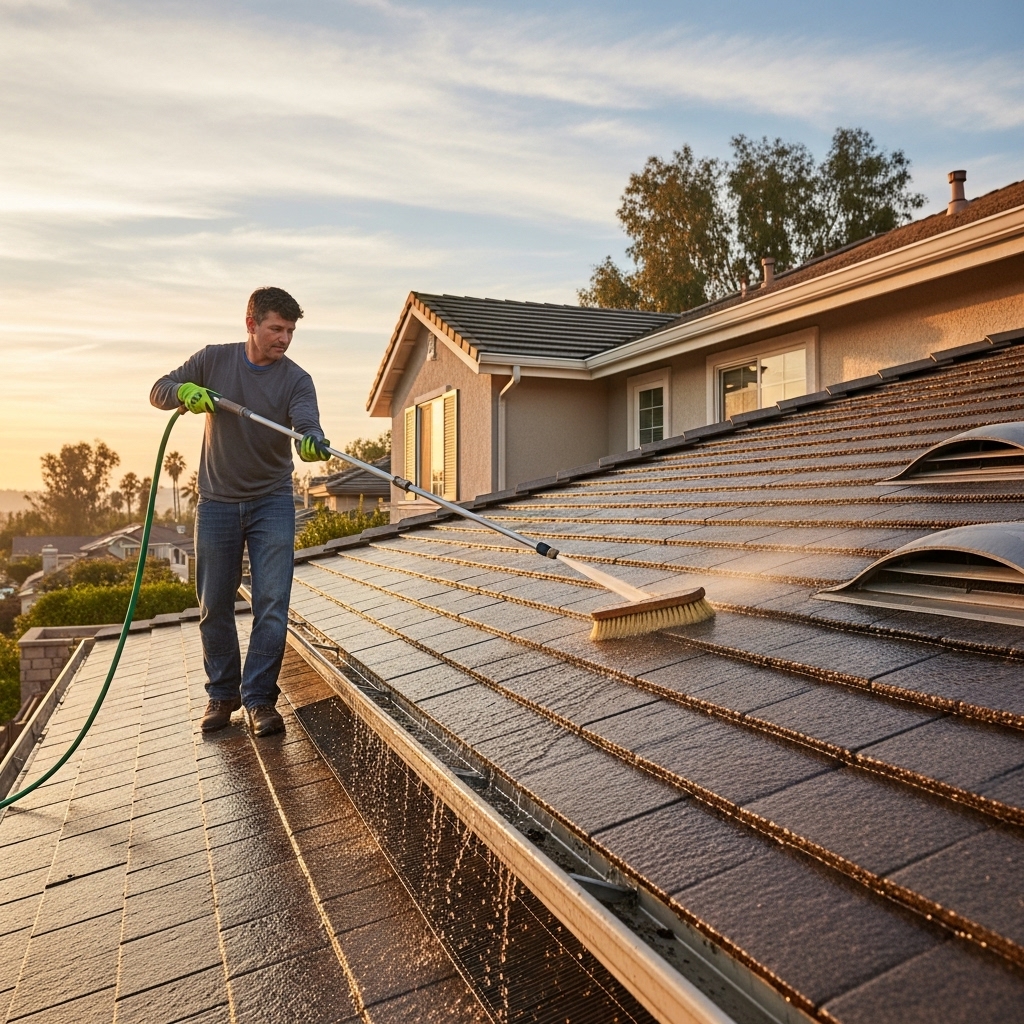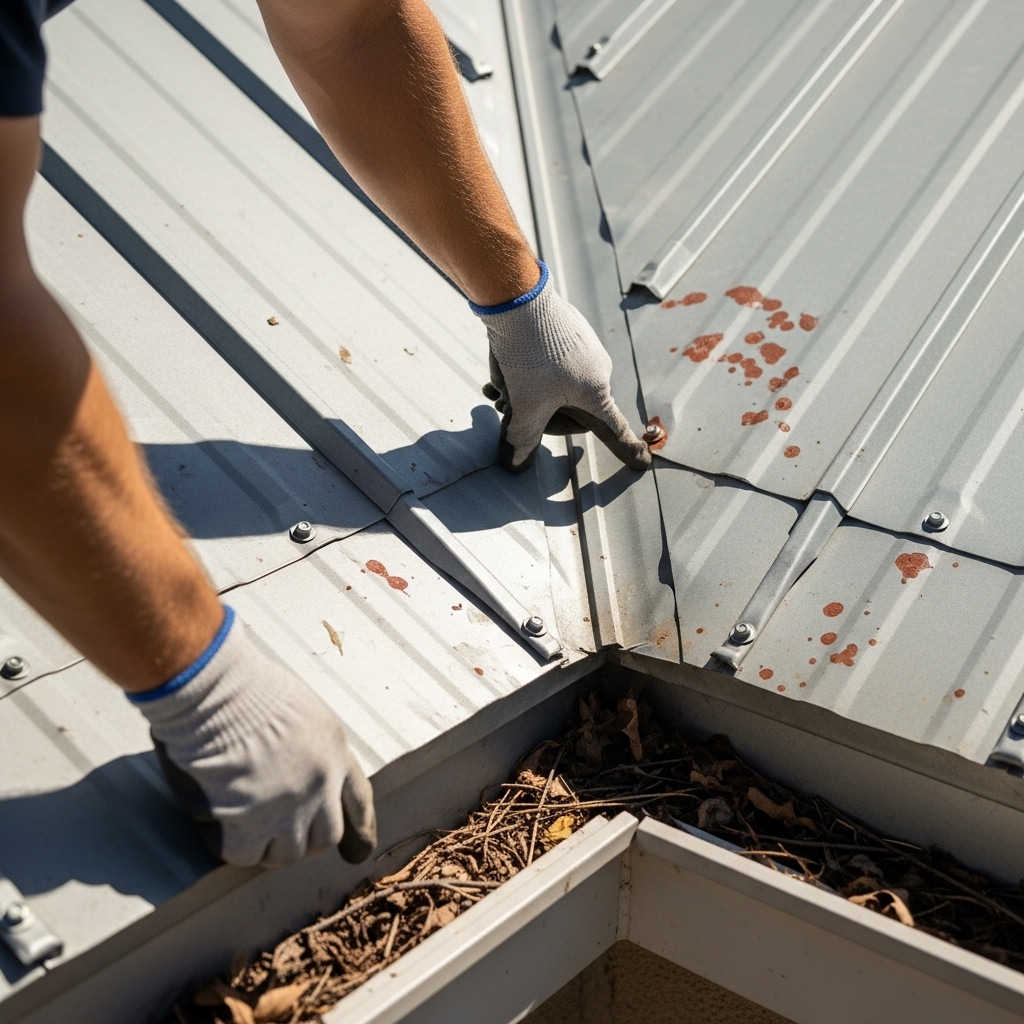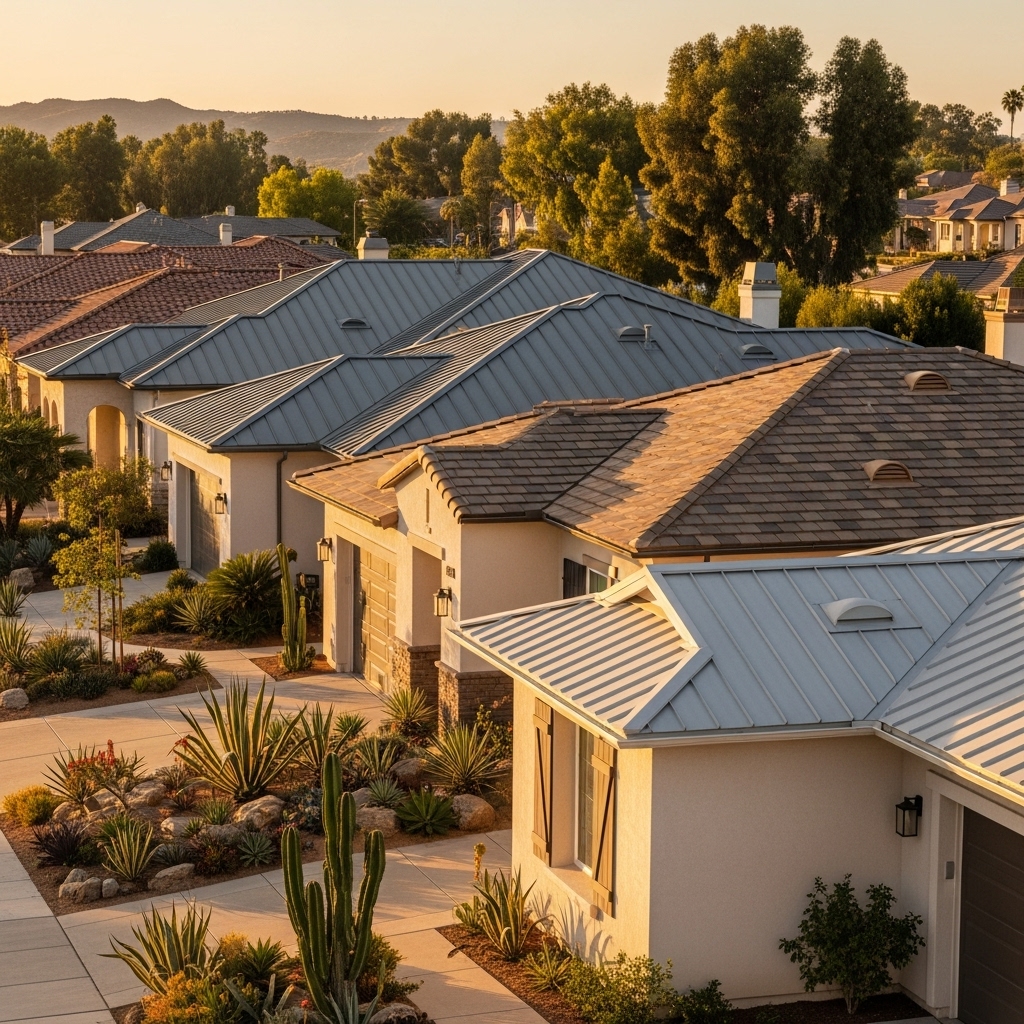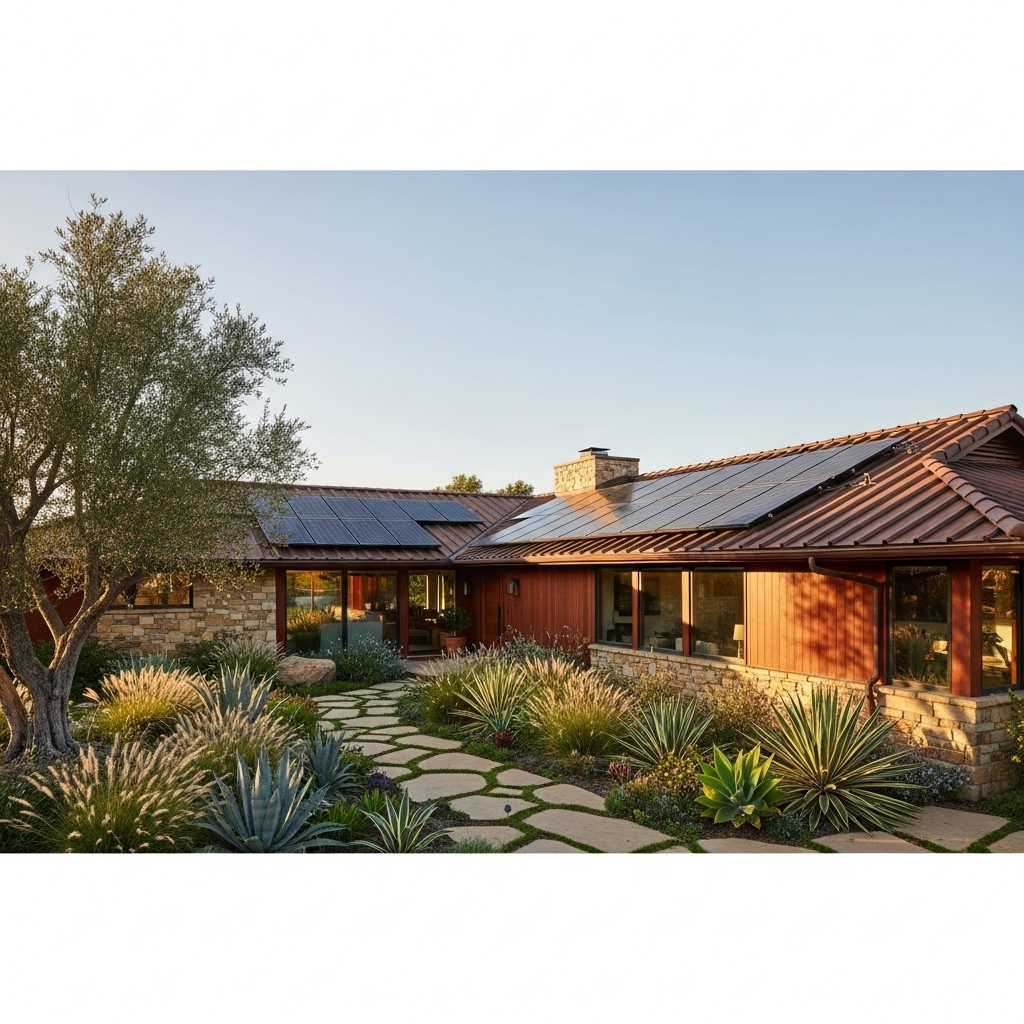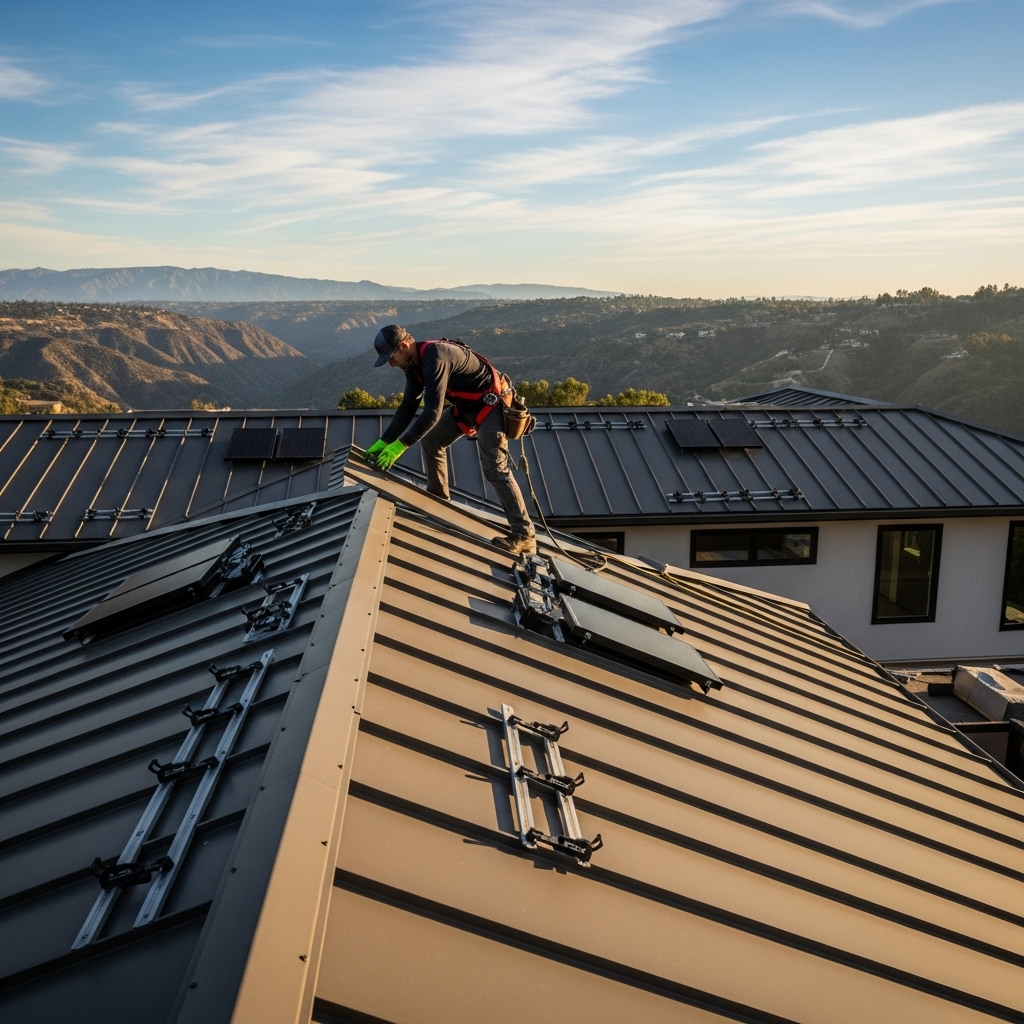Cool Roofing Technology Explained
Cool roofing incorporates materials that reflect sunlight and emit absorbed heat. This functionality is crucial in regions where temperatures frequently rise above 85°F. Traditional roofs absorb heat, raising indoor temperatures, while cool roofing offers a protective, temperature-resistant barrier.
Benefits of Cool Roofing in Southern Regions
In hot climates like Arizona, Texas, or Southern California, cool roofing becomes more than a luxury—it’s a necessity. By keeping roof surfaces cooler, homeowners enjoy more stable interior temperatures and lower cooling bills. It also helps prevent damage from intense UV exposure and thermal cycling.
Cool Roofing Minimizes Heat Island Effect
Cities with dense buildings and pavement experience the heat island effect, where urban areas are significantly warmer than surrounding regions. Cool roofing helps counteract this by reflecting sunlight rather than absorbing it, making entire neighborhoods more livable in summer months.
Increased Roof Longevity With Cool Roofing
Excessive heat accelerates wear and tear on roofing materials. Cool roofing maintains a more consistent surface temperature, preventing premature aging and cracking. Homeowners in hot regions benefit from longer-lasting roofs with less frequent repairs or replacements.
Climate-Ready Homes Thanks to Cool Roofing
With rising global temperatures, homes need better defenses against extreme heat. Cool roofing is a forward-thinking solution that not only protects property but also increases resale value. Buyers often favor energy-efficient features, making this upgrade a long-term asset.
Read More:


